
That was a very educational trip. One could tell that many lessons were to be learnt right from the first junction, when our convoy broke apart.
Lesson no1: When in a convoy, follow the car in front and not your satnav.
Education continues with a crash course on the Tudor Dynasty:
The final victor of the War of the Roses (see previous trip to Tewkesbury) was a Lancastrian, Henry Tudor, who married the daughter of the late Yorkist king to reconcile the two factions, and founded the dynasty of the House of Tudor. His son was the charismatic Henry VIII, usually remembered for his six wives and for founding the Anglican Church in response to the Pope forbidding him from divorcing his wife.
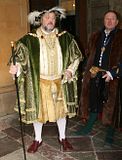 Henry VIII had a very spoilt childhood. He even had his own ‘whipping boy’ who was punished every time Henry did something wrong! Always described as vigorous and handsome, he was also very intelligent and a superb athlete, but couldn't take no for an answer. He was certain of his conviction that he needed a male heir or the fragile peace following the War of the Roses would not last. With his first wife, Catherine of Aragon, being unable to produce a male heir, he asked his Chancellor, Cardinal Wolsey, to secure the Pope's consent to allow him to get a divorce. Wolsey failed and Henry decided to found a new church, the Church of England that would be independent of Rome and of which he would be the head. Henry married six times. He beheaded two of his wives, divorced two, lost one and was outlived by the last one.
Henry VIII had a very spoilt childhood. He even had his own ‘whipping boy’ who was punished every time Henry did something wrong! Always described as vigorous and handsome, he was also very intelligent and a superb athlete, but couldn't take no for an answer. He was certain of his conviction that he needed a male heir or the fragile peace following the War of the Roses would not last. With his first wife, Catherine of Aragon, being unable to produce a male heir, he asked his Chancellor, Cardinal Wolsey, to secure the Pope's consent to allow him to get a divorce. Wolsey failed and Henry decided to found a new church, the Church of England that would be independent of Rome and of which he would be the head. Henry married six times. He beheaded two of his wives, divorced two, lost one and was outlived by the last one.Lesson no2: Don't spoil your son or he will kill some of his wives
All three of his children (Edward, Mary, Elizabeth) became kings and queens. Most successful was Queen Elizabeth I. Her 44 years of reign are associated mainly with the flourishing English drama (Shakespeare and Marlowe) and with seafaring prowess (Francis Drake and the 1588 defeat of the Spanish Armada; see previous walk in Southwark). Having lived and died a proud virgin, Elizabeth was the last of the Tudor line.
Hampton Court Palace
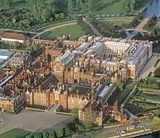 Hampton Court Palace was England's most significant palace of the Tudor age. From 1515 to 1521, the Lord Chancellor of England and soon-to-be Cardinal, Thomas Wolsey, transformed this medieval manor into a majestic palace. As the Cardinal fell from favour and died, Henry took it for himself.
Hampton Court Palace was England's most significant palace of the Tudor age. From 1515 to 1521, the Lord Chancellor of England and soon-to-be Cardinal, Thomas Wolsey, transformed this medieval manor into a majestic palace. As the Cardinal fell from favour and died, Henry took it for himself.
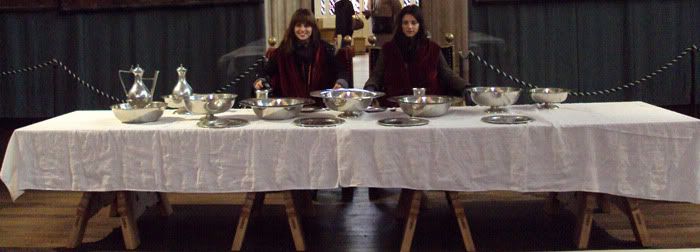
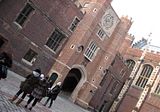
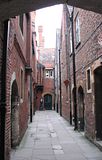
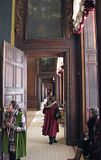
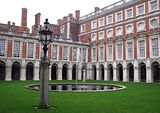
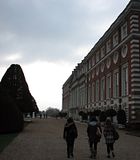

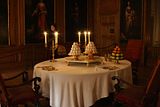
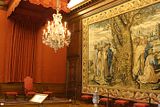
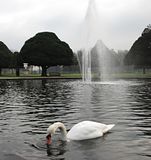

Its maze is supposed to be the best-known in the world. I can't dispute that, as I wouldn't know, but I can safely say that it is one of the easiest and least remarkable mazes I've ever seen. It's still fun, of course, but don't expect something similar to the Leeds Castle one in Kent.
The first time I visited Hampton Court Palace, I loved everything about it. I remember a magnificent jousting competition, a digitally enhanced 16th century round table discussion, the King's wedding celebrations, the 16th century royal tennis court and many more. This video is from last time:
This time, all I saw was a bland, cold building with empty gardens and a generic ice rink in front of it. It's still one of the most interesting royal palaces in the world; just not as much as in the summer.
Lesson no3: Don't visit Hampton Court Palace in the winter.

Beaulieu National Motor Museum, New Forest
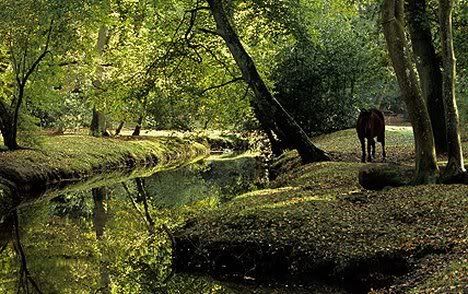 13 years after the Norman invasion (see our earlier Battle of Hastings trip), William the Conqueror created the New Forest as a royal forest for the private hunting of deer.
13 years after the Norman invasion (see our earlier Battle of Hastings trip), William the Conqueror created the New Forest as a royal forest for the private hunting of deer.Hidden at its heart is the magnificent Beaulieu Estate with its Palace House, the Gardens and the Beaulieu Abbey. While these are still all there, the biggest attractions of the Beaulieu Estate are the more recent National Motor Museum and World of Top Gear.
From their website:
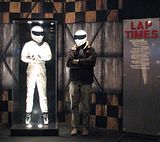 Ever wondered what happened to the amphibious Toyota, the Alfa/Saab stretch limo and the Reliant Robin rocket that were drowned/ cut in half/ fired into space by Jeremy, James and Richard in the good name of Top Gear?
Ever wondered what happened to the amphibious Toyota, the Alfa/Saab stretch limo and the Reliant Robin rocket that were drowned/ cut in half/ fired into space by Jeremy, James and Richard in the good name of Top Gear?Since not even the dodgiest used car dealers would buy them, we’ve collected all the battered, modified and generally ruined cars from the world’s biggest car show and gathered them together in… the Top Gear Enormodrome!
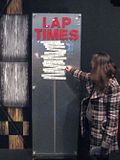

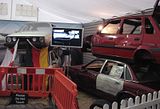
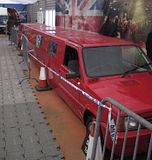
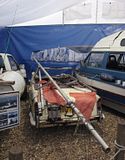
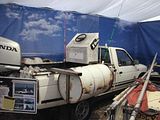
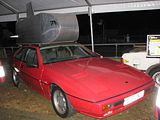
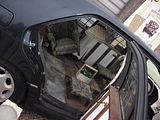
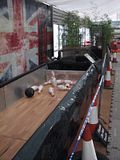
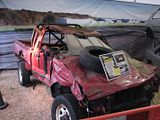
Next to it is the James Bond experience with original vehicles from the films, such as the Gatling gun equipped Jaguar XKR driven by Zao as he chases Bond across the ice in "Die Another Day" (2002), and the world's first Jet Ski, designed for "The Spy Who Loved Me" (1977).
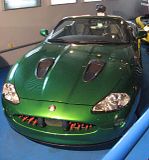
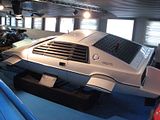
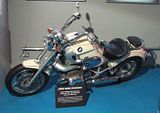

and of course the National Motor Museum itself, jampacked with every kind of car, from Mr Bean's mini to Senna's McLaren and Chitty Chitty Bang Bang:
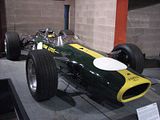
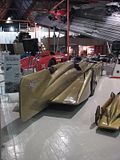
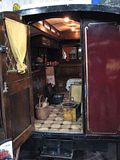
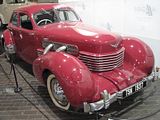

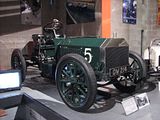
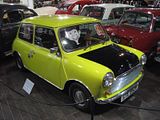
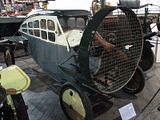
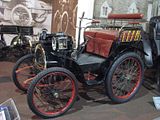

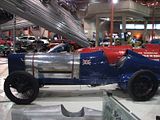
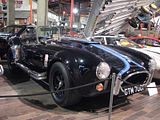
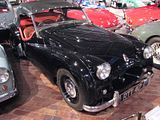
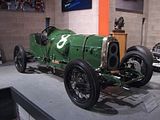
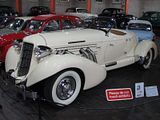
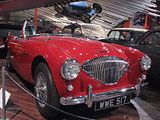
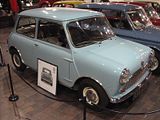
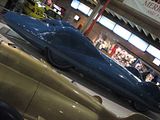

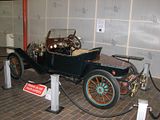
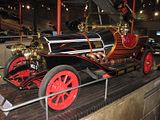
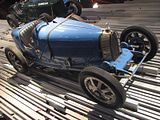
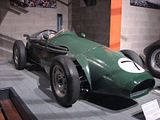
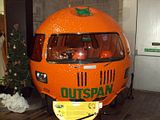
The Beaulieu Estate is also where the British secret agents were trained in World War II, but we didn't have time to visit the relevant exhibition. 4:30 and it's already pitch black!
 Time to move on to Bournemouth and our hotel. Can't wait to get in the jacuzzi and the indoor pool. Riviera Hotel, Alum Chine.
Time to move on to Bournemouth and our hotel. Can't wait to get in the jacuzzi and the indoor pool. Riviera Hotel, Alum Chine.Bournemouth
During the Tudor era, the mouth of the Bourne River was a hunting estate. Later it was visited only by fishermen, turf cutters and
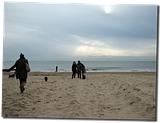 smuggler gangs. In 1812, a retired officer began developing the land for holiday letting and sea villas. 200 years later, Bournemouth is one of Britain's favourite coastal holiday destinations with a population of 163,000 and 5 million visitors per year, who come mainly for the vast sandy beaches.
smuggler gangs. In 1812, a retired officer began developing the land for holiday letting and sea villas. 200 years later, Bournemouth is one of Britain's favourite coastal holiday destinations with a population of 163,000 and 5 million visitors per year, who come mainly for the vast sandy beaches.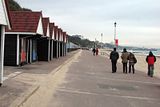 Notice the colourful beach huts. They are known to have existed since the 1860s in Australia and Britain, probably as a response to the strict morality of the Victorian age. At the beginning, they were former fishermen's huts. Purpose-built ones first appeared in Bournemouth in 1908 and since then have become a British tradition. They usually contain a few chairs and are used as shelters from the sun and wind and to change clothes.
Notice the colourful beach huts. They are known to have existed since the 1860s in Australia and Britain, probably as a response to the strict morality of the Victorian age. At the beginning, they were former fishermen's huts. Purpose-built ones first appeared in Bournemouth in 1908 and since then have become a British tradition. They usually contain a few chairs and are used as shelters from the sun and wind and to change clothes.



Portsmouth Historic Dockyards
Two reasons to go there. The flagship of British history, HMS Victory, and the Victorian Christmas festival.
Education continues with a crash course on the Battle of Trafalgar:
Napoleon knew that if war broke out again then the Royal Navy would blockade French ports and French trade would be crippled. So he planned to invade Britain and free the seas for French trade. He ordered the building of a fleet of invasion barges and
 the Grand Army was moved to Calais. Now, all he needed was to defeat the English fleet. On 21 October 1805, 27 British ships of the line led by Admiral Lord Nelson aboard HMS Victory met the 33 ships of France and Spain off Cape Trafalgar. Nelson started the battle with his immortal:
the Grand Army was moved to Calais. Now, all he needed was to defeat the English fleet. On 21 October 1805, 27 British ships of the line led by Admiral Lord Nelson aboard HMS Victory met the 33 ships of France and Spain off Cape Trafalgar. Nelson started the battle with his immortal:ENGLAND EXPECTS THAT EVERY MAN WILL DO HIS DUTY
The Franco-Spanish fleet lost 22 ships, while the British lost none.
The British victory spectacularly confirmed British naval supremacy and was achieved largely thanks to Nelson's departure from the prevailing naval tactical orthodoxy, which involved engaging an enemy fleet in a single line of battle parallel to the enemy to facilitate signalling and maximise fields of fire. Nelson instead divided his smaller force into two columns directed perpendicularly against the larger enemy fleet.
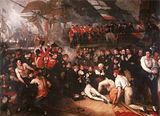 Nelson was mortally wounded during the battle, ensuring his place as Britain's national hero. The commander of the joint French and Spanish forces, Admiral Pierre de Villeneuve, was captured along with his flagship Bucentaure. The Spanish Admiral escaped with the remnants of the fleet, but succumbed later to his wounds.
Nelson was mortally wounded during the battle, ensuring his place as Britain's national hero. The commander of the joint French and Spanish forces, Admiral Pierre de Villeneuve, was captured along with his flagship Bucentaure. The Spanish Admiral escaped with the remnants of the fleet, but succumbed later to his wounds.Despite its 245 years, HMS Victory is spectacularly preserved. You can walk inside almost all of it and even step on the spot where Nelson was mortally wounded. The photos below show some of its cannon and the barrel of alcohol in which his body was preserved until Victory returned to Britain.

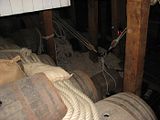

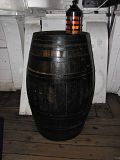
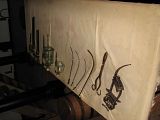
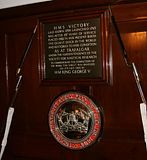
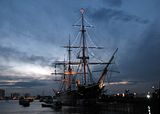 The end of the Napoleonic wars followed a rampant naval arms race, which culminated in the first ironclad ships. The French won this race by one year. In 1860 the British completed their first ironclad, HMS Warrior. This ship is also spectacularly preserved in the Historic Dockyards. In fact, its engine is in working order and is demonstrated to visitors.
The end of the Napoleonic wars followed a rampant naval arms race, which culminated in the first ironclad ships. The French won this race by one year. In 1860 the British completed their first ironclad, HMS Warrior. This ship is also spectacularly preserved in the Historic Dockyards. In fact, its engine is in working order and is demonstrated to visitors.The photos below are from HMS Warrior and the rest of the dockyards. On the day, the Victorian Christmas Festival was also held there. See if you can identify the characters from Victorian literature.

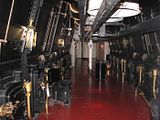

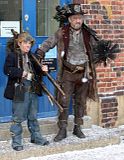

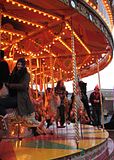
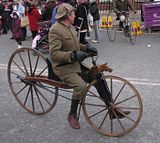
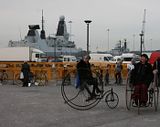
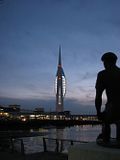

Back to London, but not before I take a photo of the most wicked boat in the dockyards. What is this? How can it be anchored right next to Victory? Did a goblin make it?
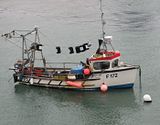
I am officially jealous :)
ReplyDeleteYou are only 1,400 km away. Waiting for you two.
ReplyDeleteti wraia pou perasate!!Zhleuw! pros gnwsh kai symorfwsh...next time:)
ReplyDeletep.s.nice pics!